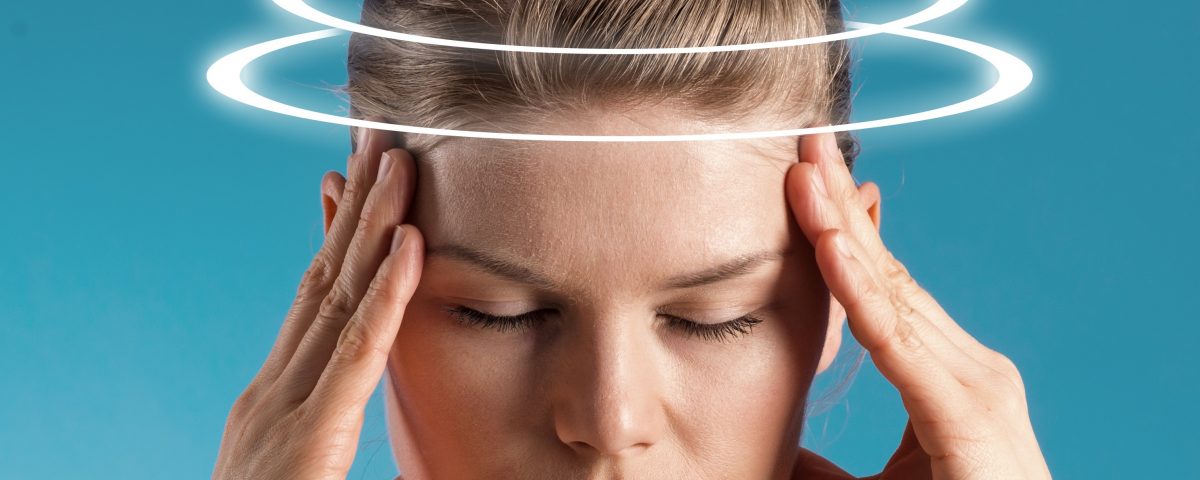
What is vertigo?
Vertigo is not a disease; it is only a symptom of a disorder, rather than a condition itself. It’s the false sensation that involves sense of motion, spinning or feeling of imbalance. One can feel dizziness, imbalance, light-headedness typically the imbalance is related to nausea, vomiting or unsteadiness on walking which can worsen once you move your head. It is a feeling which may be barely noticeable, or it may be so severe that you find it difficult to keep your balance and do everyday tasks.
Vertigo and dizziness are common complaints presented by patients to doctors of all specialties, and they affect all age groups. According to a study about 20-40% people are affected by dizziness at some point in time in their life; 15% people have dizziness; 5% have vertigo in any given year; 2.5% of all primary care visitors report dizziness, and 2-3% of emergency visits in the developed world is for vertigo.
What causes vertigo?
benign paroxysmal positional vertigo (BPPV) – where certain head movements trigger vertigo which are caused by calcium deposits in the inner ear balance organ that periodically become dislodged and cause symptoms.
migraines – severe headaches, People who have received a violent blow on the head can suffer temporary or permanent damage to the inner ear, causing balance problems.
labyrinthitis – an inner ear infection, Untreated bacterial infections of the middle ear can get into the inner ear and damage the labyrinth and also cause hearing loss
vestibular neuronitis – inflammation of the vestibular nerve, nerve which runs into the inner ear and sends messages to the brain that help to control balance.
Symptoms of vertigo
loss of balance – which can make it difficult to stand or walk, feeling like you’re tilting or going to tumble over (as if you’re being pulled in one direction)
dizziness-such as having a spinning sensation
Off-balance when moving or walking
feeling nauseous, occasionally vomiting
losing your hearing or having ringing in the ears
headaches
having abnormal eye movements, including jerking or the eye moving toward the effected ear
occasionally feeling like you’re going to faint or actually fainting
How can physical therapy help vertigo?
Patients who suffers from vertigo, physical therapy addresses it, based on your physical therapist’s evaluation and your goals for recovery, the therapist will customize a treatment plan for you which depends on the cause of your vertigo. Your therapist’s main focus is to help you get moving again and manage the vertigo at the same time. There are treatments which may include specialized head and neck movements or other exercises to help eliminate your symptoms. Inactivity has also been linked to worsened vertigo, so additionally; physical therapy treatments work on increasing strength, range of motion, flexibility and movement, while preventing muscle fatigue and soreness. The rehab program might include various exercises for: building better hand-eye coordination, improving balance, strengthening joints and muscles, and improving fitness and endurance.
Exercises are to improve your strength, your flexibility, and your heart health—with the goal of improving your overall physical health and well being.
Why SOS PHYSIO?
SOS PHYSIO’s physical therapists are experienced in treating people with neurological disorders. Physical therapists are trained to treated dizziness, vertigo and various other neurological balance impairments. Through canalith repositioning techniques, a patient can walk out feeling better and ready to go on with their daily chores. If you suffer from BPPV, dizziness or balance disorders, please contact your local SOS PHYSIO clinic near you.